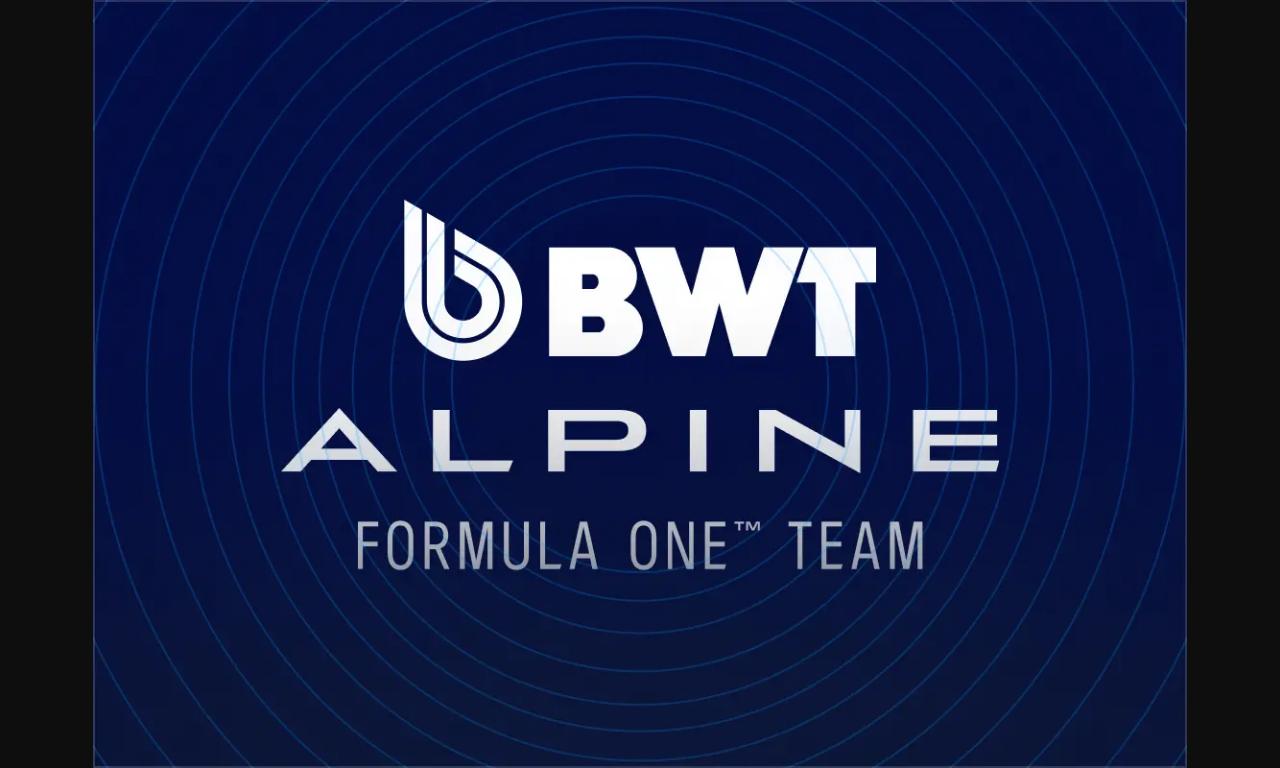The Major Hurdle: Can Solana Overcome the SEC’s Securities Concerns?
October 21, 2025 | by IoT Development Company

The cryptocurrency market has entered a new phase — one where regulatory clarity is becoming just as crucial as technological innovation. Among the projects under increasing scrutiny is Solana, a blockchain once celebrated purely for its blazing speed and growing ecosystem. Today, the focus has shifted toward a pressing question: Can Solana overcome the SEC’s securities concerns? As discussions about a potential Solana ETF intensify, the outcome of the Solana SEC debate could define its future trajectory in both institutional and retail markets.
The Root of the Solana SEC Debate
The U.S. Securities and Exchange Commission (SEC) has taken an aggressive stance on defining which crypto assets qualify as securities. While Bitcoin is widely recognized as a commodity, many other tokens — including Solana (SOL) — have been caught in a gray area. The SEC has previously implied that some assets traded in the U.S. meet the criteria of the “Howey Test,” which determines whether an asset is an investment contract.
In Solana’s case, the Solana SEC concerns center around how its tokens were initially distributed and promoted. Critics argue that early fundraising rounds and marketing efforts could resemble those of a security offering. On the other hand, advocates claim Solana’s ecosystem is now fully decentralized and used primarily for network participation, not speculation. This legal ambiguity creates a roadblock for broader market participation and institutional recognition.
Why Regulation Matters for Solana’s Future
Regulatory clarity isn’t just a matter of compliance — it’s a gateway to mainstream adoption. If Solana remains in legal limbo, large financial institutions may hesitate to engage with its ecosystem. This hesitation becomes especially significant as discussions around a Solana ETF gain traction.
Exchange-Traded Funds (ETFs) allow investors to gain exposure to an asset without directly holding it, providing a safer and more accessible entry point into the crypto market. A Solana ETF would signify regulatory acceptance, enabling Solana to join the ranks of Bitcoin and Ethereum in traditional finance. However, the Solana SEC narrative continues to cast uncertainty over whether such approval could be realized in the near term.
Without regulatory clarity, ETF approval remains a distant goal — no matter how strong Solana’s technical fundamentals may be.
The Strength of Solana’s Ecosystem
Despite regulatory turbulence, Solana continues to thrive on the innovation front. Its ultra-fast blockchain can process thousands of transactions per second at minimal cost, attracting developers and users from across the Web3 spectrum — from DeFi projects and gaming platforms to NFT marketplaces and AI integrations.
This ongoing expansion strengthens Solana’s argument that it functions as a utility network, not a speculative security. The more decentralized and diverse its use cases become, the harder it is to justify labeling it as a security under traditional standards. The community-driven governance and independent validator network reinforce Solana’s claim to be an open protocol — one that operates beyond the control of any single entity.
Institutional Interest and the Solana ETF Debate
Institutional investors are watching closely. Many view Solana as one of the few blockchains capable of competing with Ethereum in both scalability and adoption. The approval of a Solana ETF would unlock a massive wave of institutional liquidity, potentially pushing SOL’s price and credibility to new heights.
But here lies the paradox: the very institutions eager to invest are waiting for the Solana SEC situation to resolve. Until regulators clarify Solana’s status, the ETF filings remain speculative — a case of high potential locked behind regulatory barriers.
A Path Toward Regulatory Clarity
To overcome the SEC’s concerns, Solana’s strategy may need to mirror that of other blockchain projects that have successfully navigated the U.S. regulatory environment. That includes demonstrating decentralization, limiting future token sales tied to fundraising, and emphasizing the network’s functional utility rather than investment potential.
Solana’s community has already taken steps toward greater transparency, governance participation, and open-source collaboration. These efforts, combined with increased on-chain activity and independent validation, could help shape the narrative that Solana is a technological infrastructure — not a security.
The Bigger Picture: Beyond Compliance
Ultimately, the Solana SEC issue isn’t just about one blockchain; it’s a reflection of the broader challenge facing the entire crypto industry. The world is moving toward a future where innovation and regulation must coexist. Solana, with its performance-driven ecosystem and massive developer community, has the potential to set a precedent for how emerging blockchains can evolve within a compliant framework.
If it successfully clears this regulatory hurdle, the door to a Solana ETF and full-scale institutional adoption will open — marking a major milestone not only for Solana but for the legitimacy of high-performance blockchains in traditional finance.
Final Thoughts
Solana’s challenge isn’t purely technical anymore; it’s regulatory. The blockchain that redefined transaction speed must now prove its legal resilience. Overcoming the SEC’s concerns will require transparency, cooperation, and continued decentralization — but if successful, it could position Solana as one of the few crypto projects to thrive both in code and compliance.
RELATED POSTS
View all



